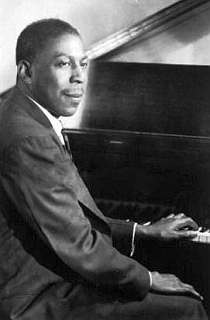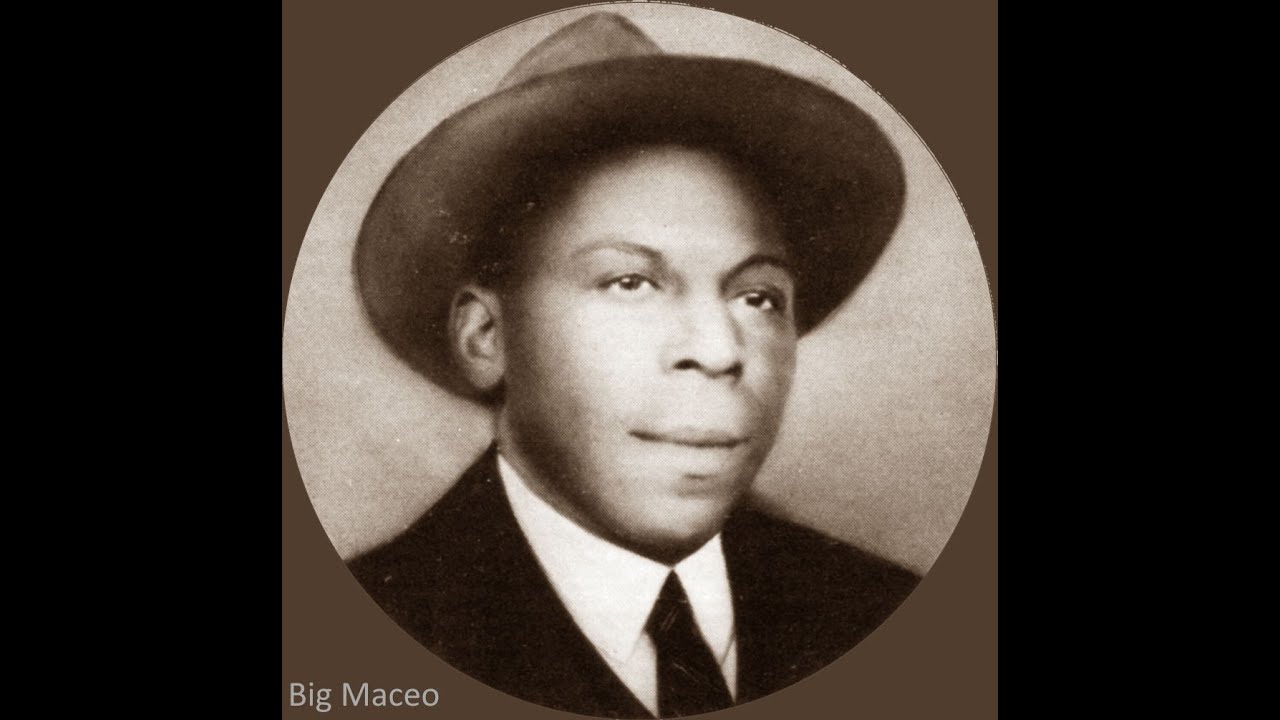Big Maceo Merriweather is a name that resonates with blues enthusiasts worldwide. Known for his powerful piano skills and heartfelt vocals, Big Maceo was a key player in shaping the blues scene of the 1940s. His music influenced generations, including modern blues and rock musicians. Here are five fascinating curiosities about Big Maceo that highlight his impact on the blues genre and beyond.
1. Big Maceo Was Self-Taught on the Piano
Although he became one of the greatest blues pianists of his time, Big Maceo never received formal music training. Born in 1905 in Atlanta, Georgia, he grew up in a time and place where music lessons weren’t easily accessible. Despite this, he developed a unique, powerhouse playing style that combined deep bass chords with rhythmic treble lines. His self-taught approach gave his music a raw, emotional quality that set him apart from other blues musicians.
2. “Worried Life Blues” Became His Signature Song
In 1941, Big Maceo recorded “Worried Life Blues,” which would go on to become one of his most famous songs. This classic blues tune, inspired by Leroy Carr’s “Life is Like That,” showcases Maceo’s deep, expressive voice and moving piano style. “Worried Life Blues” was a huge hit in its time and has since become a staple in the blues repertoire, covered by artists from Chuck Berry to Eric Clapton. The song is so influential that it was inducted into the Blues Hall of Fame in 1983.
3. He Collaborated with Blues Greats Like Tampa Red
Big Maceo wasn’t just a solo act; he frequently collaborated with other blues icons, including Tampa Red, the legendary slide guitarist. The two musicians shared a unique synergy, recording a number of tracks together that highlighted Maceo’s piano and Tampa Red’s guitar. Their collaborations included songs like “Chicago Breakdown” and “Texas Stomp,” which remain essential listening for blues fans. Their partnership helped define the Chicago blues sound, blending Maceo’s powerful piano with Tampa Red’s slide guitar licks.
4. A Stroke Nearly Ended His Career, But He Persisted
Tragically, Big Maceo’s career was nearly cut short when he suffered a debilitating stroke in 1946. The stroke paralyzed his right hand, making it difficult for him to play piano as he had before. However, Maceo didn’t give up. Determined to keep making music, he continued recording with his left hand while other musicians filled in on the right. This spirit of resilience became a defining part of his legacy, showing his dedication to his craft and inspiring future generations of musicians.
5. He Inspired Countless Musicians Across Genres
Big Maceo’s influence reaches far beyond the world of blues. His distinctive sound and emotive playing style inspired musicians across multiple genres, including rock and roll. Artists like Little Richard and Ray Charles have credited him as an influence, and his style laid the groundwork for future piano-driven blues and R&B music. Even today, blues and jazz pianists study his techniques to understand the emotive power that he brought to each performance.
In Summary
Big Maceo Merriweather was a pivotal figure in blues music, whose legacy endures through his recordings and influence on musicians around the world. From his iconic “Worried Life Blues” to his collaborations with legends and his unwavering spirit in the face of hardship, Big Maceo’s story is as powerful as his music. His life reminds us of the beauty and resilience that music can embody—a timeless gift to the world of blues.


Comments are closed